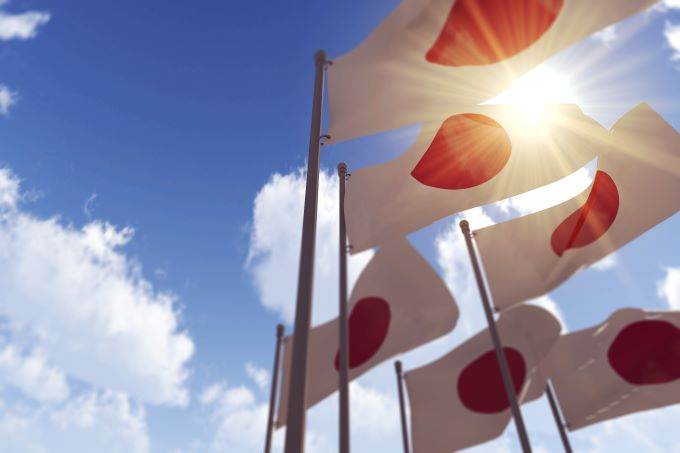 So far this week, the Japanese Yen has managed to recover, advancing 1.20 percent against the Greenback and breaking a two-week losing streak.
So far this week, the Japanese Yen has managed to recover, advancing 1.20 percent against the Greenback and breaking a two-week losing streak.
At the moment there are 56,685 confirmed cases in Japan as well as 1,115 total deaths. On Wednesday Tokyo confirmed 186 additional cases, remaining high though below the seven-day average. The figure shows an improvement from the previous day figure, which stood at 207. The government has decided to keep its alert at the highest level while requesting karaoke and alcohol bars to close early to stop the spread of the infection.
In terms of the economic calendar, the markets received several key pieces of information about the performance of the Japanese economy.
On Sunday, the cabinet office released the quarterly Gross Domestic Product figure, which showed a 7.8 percent contraction, below the analyst's expectations, as they foresaw a 7.6 percent contraction and substantially worse than the previous quarter figure, which showed a 0.6 percent contraction. The annualized figure showed a 27.8 percent drop, also below the analysts' expectations who expected it to contract by 27.2 percent, and worse than the first-quarter figure, which was at -2.2 percent.
This is the biggest contraction ever registered, or at least since economic growth data became available in the 80s. Regarding this data, the Japanese Economy Minister Yasutoshi Nishimura commented that the economy is in a severe state, though he highlighted that it's still in a better position than the United States and Europe.
“In April and May, a state of emergency was issued, it was a situation where the economy was artificially stopped so to speak, and the impact was severe,” he commented, adding that the economy bottomed out in April and May.
On Monday, the Ministry of Economy, Trade, and Industry released June's Industrial Production figure, which showed a contraction of the sector by 18.2 percent in yearly terms, lower than May's figure which showed a 17.7 percent drop in the output of Japanese factories and mines. The monthly figure showed a 1.9 percent advance in June, though lower than May's 2.7 percent. June's production capacity was at 6.2 percent, over the previous month's figure which was at -11.6 percent.
On Tuesday the Ministry of Finance published the trade balance, which stood at a surplus of 11.6 billion yen in July after registering a 269.3 billion deficit on the previous month. The analysts expected a 77.6 billion deficit. Imports (year-to-year) dropped 22.3 percent in July after falling 14.4 percent in June and slightly better than the analysts' projections, as they foresaw exports to drop by 22.8 percent. Exports dropped by 19.2 percent in July, after falling by 26.2 percent on the previous month and better than the analysts' expectations, as they foresaw a 21 percent increase. Machinery orders went down by 22.5 percent in June (month-to-month) after falling 16.3 percent on the previous month. The yearly figure showed a 7.6 percent contraction, after advancing 1.7 percent in May.
Reuters released its monthly Tankan survey, which signaled an improvement in the business sentiment. The mood of manufacturers went up to -33 after being at -44 on the previous month, the highest figure since February. The service sector sentiment also improved from -26 to -23.
Despite the bad economic data, the Japanese yen has managed to advance against the dollar, given the Federal Reserve's decision to flood the market. So far this week, the greenback has lost 0.87 percent of its value against a bundle of its main competitors.
